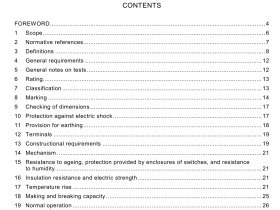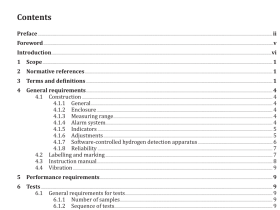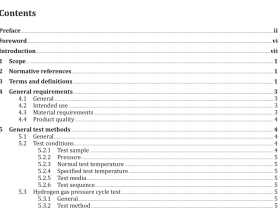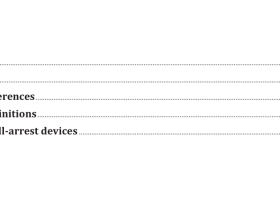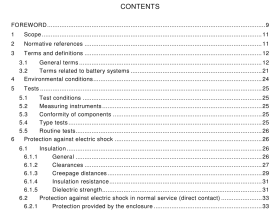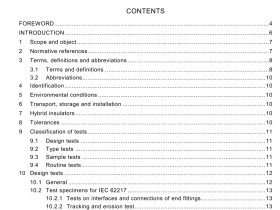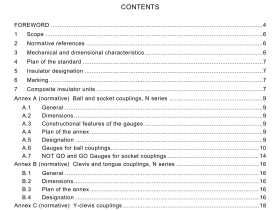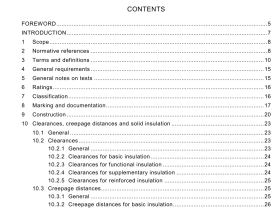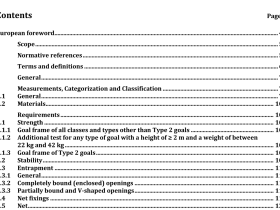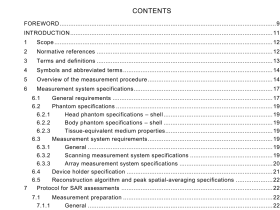AS 4100 pdf download
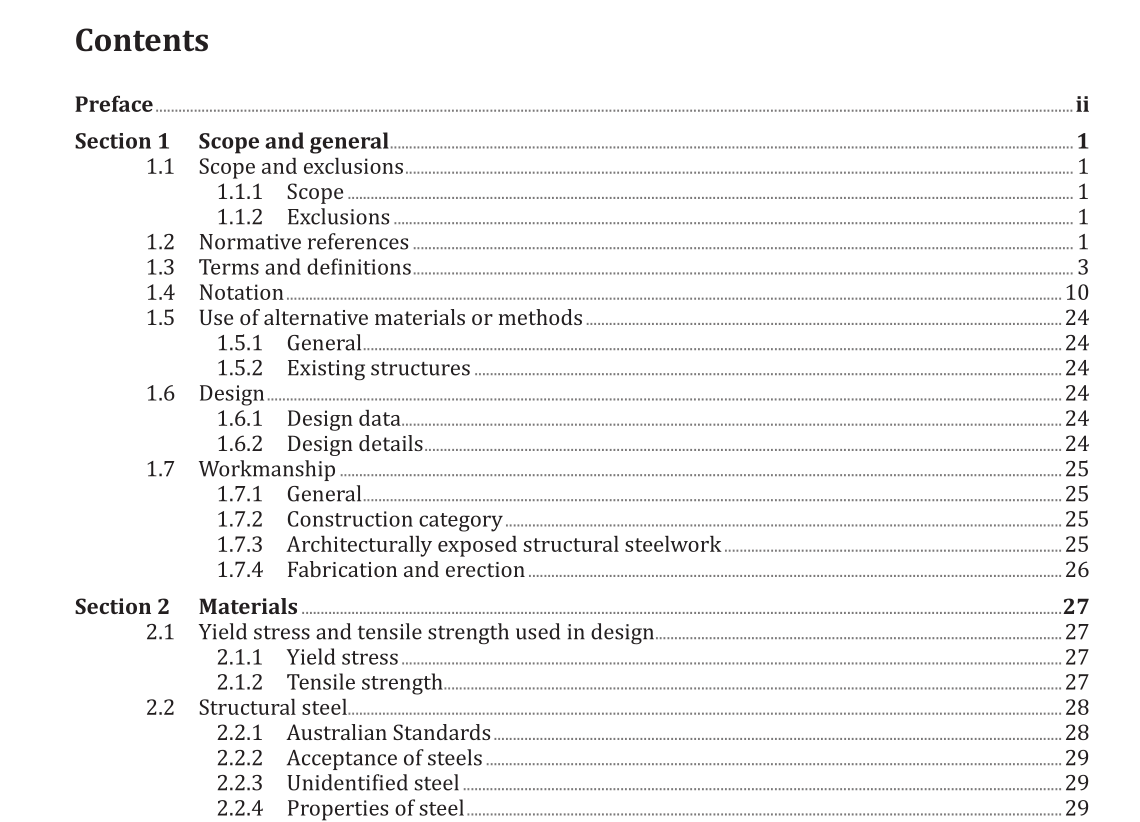
AS 4100 pdf download.Steel structures
1.1 Scope and exclusions
1.1.1 Scope
This Standard sets out minimum requirements for the design and the engineering aspects of fabrication and erection, and modification of steelwork in structures in accordance with the limit states design method. This Standard applies to buildings, structures and cranes constructed of steel. NOTE For design of box and longitudinally stiffened girders, refer to AS/NZS 5100.6. 1.1.2 Exclusions This Standard does not apply to the following structures and materials: (a) Steel elements less than 3 mm thick, with the exception of sections in accordance with AS/NZS 1163 and packers. (b) Steel members for which the value of the yield stress used in design (f y ) exceeds 690 MPa. (c) Cold-formed members, other than those in accordance with AS/NZS 1163, which are designed in accordance with AS/NZS 4600. (d) Composite steel-concrete members, which are designed in accordance with AS/NZS 2327. (e) Road, railway and pedestrian bridges, which are designed in accordance with AS 5100.1, AS 5100.2 and AS/NZS 5100.6. NOTE The general principles of design, fabrication, erection, and modification embodied in this Standard may be applied to steel-framed structures or members not specifically mentioned herein.
1.3 Terms and definitions
For the purposes of this document, the following terms and definitions apply. Definitions peculiar to a particular Clause or Section are given in that Clause or Section. 1.3.1 action cause of stress or deformations in a structure 1.3.2 action effect or load effect internal force or bending moment due to actions or loads 1.3.3 architecturally exposed structural steelwork AESS structural steelwork that is exposed to view and considered a fundamental component of the architectural intent of the structure 1.3.4 authority body having statutory powers to control the design and erection of a structure 1.3.5 bearing-type connection connection effected using either snug-tight bolts, or high-strength bolts tightened to induce a specified minimum bolt tension, in which the design action is transferred by shear in the bolts and bearing on the connected parts at the strength limit state 1.3.6 bearing-wall system see AS 1170.4 1.3.7 braced frame see AS 1170.4 1.3.8 braced frame, concentric see AS 1170.4 1.3.9 braced frame, eccentric see AS 1170.4 1.3.10 braced member one for which the transverse displacement of one end of the member relative to the other is effectively prevented 1.3.11 capacity factor factor used to multiply the nominal capacity to obtain the design capacity 1.3.12 complete penetration butt weld butt weld in which fusion exists between the weld and parent metal throughout the complete depth of the joint 1.3.13 connection joint between components of a structural member or a joint between separate structural members, including splices 1.3.14 constant stress range fatigue limit highest constant stress range for each detail category at which fatigue cracks are not expected to propagate (see Figure 11.6.1)1.3.15 construction category classified set of requirements specified for construction of the works as a whole, of an individual component or of a detail of a component Note 1 to entry: Both ISO 2394 and European Standards use the term “execution” to describe all activities performed for the physical completion of the works (i.e. procurement, fabrication, welding, mechanical fastening, transportation, erection, surface treatment and the inspection and documentation) and this term may be assumed to be equivalent to “fabrication and erection”. “Execution Class” (EXC) is the term used in European Standards to refer to a risk-based categorization of a structure, similar in intent to the construction category adopted in this Standard. It should be noted, however, that the two categorizations are not based on the same risk matrix assessment and cannot be used interchangeably. 1.3.16 construction specification set of documents covering technical data and other requirements for a particular steel structure, including those specified to supplement and qualify the provisions of this Standard 1.3.17 cut-off limit for each detail category, the highest variable stress range which does not require consideration when carrying out cumulative damage calculations (see Figures 11.6.1 and 11.6.2) 1.3.18 design action effect design load effect action or load effect computed from the design actions or design loads
